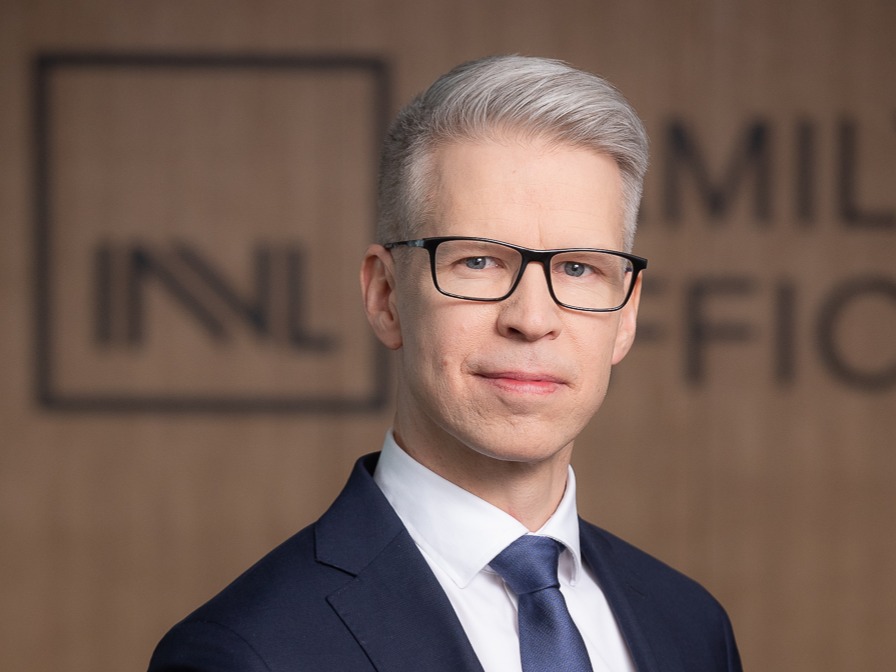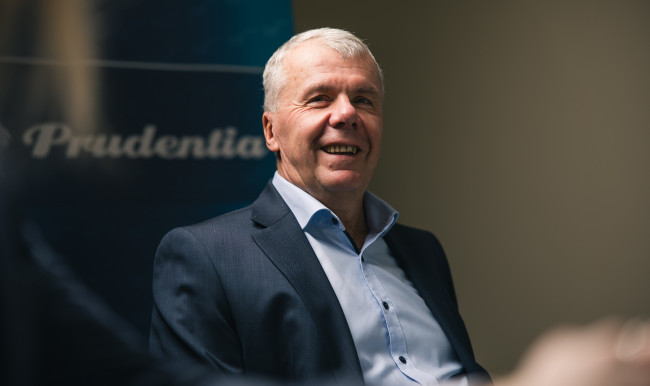
Manufacturing companies are the driving force behind the economy
Rait Kondor
Investment Strategist at INVL Family Office
The ranking of Estonia's 101 largest companies clearly shows how large companies are distributed across different sectors. In Estonia, two things are needed to make it into the top 101: either operate in a critical sector in a market that is essentially an oligopoly or to take your products and services to foreign markets, thereby gaining access to a larger target market.
If we exclude a few large technology companies that originated in Estonia, such as Wise, Bolt and Pipedrive, which are listed separately in the ranking of technology companies (https://top101.ee/tech), Estonia's largest companies are unquestionably banks, with a combined value of €8.8 billion, accounting for a quarter of the estimated value of Estonia's 101 largest companies. Banks are followed by utility companies with a 19% share and real estate with a 13% share among the 101 companies.
At the same time, the major banks have increased their value considerably over the year, with Swedbank's Estonian unit's value growing by 20% in terms of equity value, Luminor Bank by 29%, SEB Bank by 21% and LHV Group by 12%. Banks occupy four of the top six places. Bigbank also showed significant annual growth, with its equity capital increasing by 51% over the year to €658 million. Inbank is a newcomer to the ranking, reaching 31st place, which shows that if a company sets its sights beyond Estonia in its business activities, it can become one of Estonia's largest companies in as little as ten years. On the other hand, the small size of the Estonian market and the density of the banking market are characterised by the stagnation of Coop Pank's value growth, while others are racing ahead. As a result, Coop Pank fell nine places in the rankings over the year, and the company's equity value declined by 2% over the year. This can, of course, be attributed to the relatively high dividend policy, but the recent change in Coop Pank's management also shows that shareholders want to return to a faster growth trajectory.
The first, fourth, thirteenth and eighteenth places in the ranking are occupied by utility providers Eesti Energia, Infortar, Utilitase and Elering, respectively. Infortar's presence in this sector is interesting, as it started out in passenger transport (Tallink), but in the last five years has made a strong entry into the natural gas transport market in Estonia, Finland, Latvia and Poland.
The economy is driven by investments
The economy is interconnected, and economic growth is driven by investments. If manufacturing companies did not invest in expanding and modernising their equipment and operations, banks would not have as much to lend, which in turn would mean less money being created in the economic system, which in turn would mean a smaller economy.
I remember many discussions in the 2000s with people in the financial sector that a small country like Estonia cannot sustain its status as a manufacturing country because the population is so small that mass production cannot be implemented here. Indeed, factories with five or ten thousand employees are unlikely to be built here, but Estonia's key advantage is its flexible, disciplined and educated workforce, which allows smaller manufacturing plants to operate here for decades. This is evidenced by the fact that, in addition to local companies, there are also six foreign industrial production companies in the ranking of manufacturing companies: Ericsson, Konesko, Glamox, Leab, ABB, and UPM Kymmene-Otepää. Among those not included in the ranking are relatively large manufacturing companies such as Enics and Scanfil.
Although there are as many as 13 industrial manufacturing companies in the ranking, their value accounts for only 6% of the total value of all 101 companies, lagging behind banks, utility companies, the transport and logistics sector, and the IT and telecommunications sector. If energy carriers and consumer goods manufacturers are added to industrial goods manufacturers, the value of these companies in the ranking increases to 13.4%, reaching the total value of real estate companies.
In order to remain competitive, industrial companies need to constantly invest in new equipment and technology. As a result, the return on equity of these companies is often lower than that of banks or other sectors that require less capital.
As the payback period for investments in the industrial sector is very long and it is difficult to obtain the various approvals required to set up a new industrial enterprise today, many Estonian entrepreneurs have found a niche in real estate. However, through long-term work, Viru Keemia Grupp, BLRT, Tiigi Keskus, Lemeks, Combiwood and Harju Elekter have grown to become the largest industrial companies with Estonian owners.
It was good to hear Erik Stenfors, founder and CEO of Swedish engineering and metalworking company Hanza AB, say at this autumn's Business Plan Conference that Estonia is one of the best places to set up production because it has a good workforce, a transparent business climate and a very high level of digital skills globally. This was somewhat surprising given that Estonian entrepreneurs themselves are relatively critical of the possibilities for setting up factories and fear the possible effects of the war between Russia and Ukraine.
So Estonians should be more proud of their country and apply Erik Stenfors' words to business: "It is impossible to predict the future, but it is important to prepare for it."


